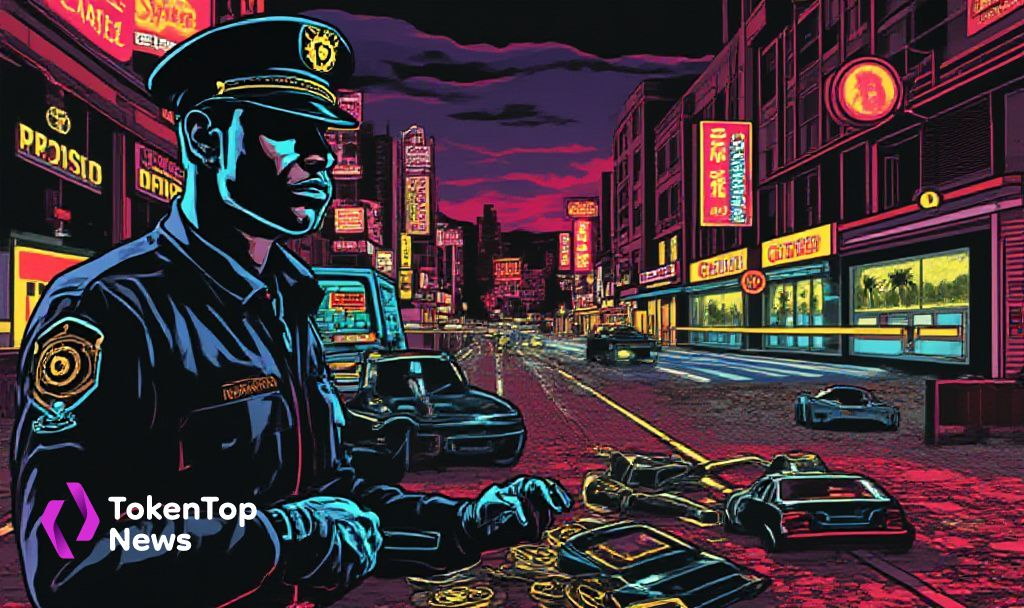Chinese Authorities Investigate Major Crypto Rug Pull
- Main event: Wuhan police cracked down on crypto scam.
- Recovered 200,000 RMB in stolen funds.
- Arrests highlight increasing crypto fraud vigilance.

This event underscores the persistent threat of cryptocurrency scams, affecting investor trust and market stability. The decisive actions by Chinese authorities signify strengthened efforts to combat fraudulent activities.
Wuhan Crackdown and Coordination
Authorities in Wuhan and other provinces coordinated an operation that exposed a large-scale rug pull scam. Over 6 million yuan was frozen, linking back to suspected fraud. High-value assets, including luxury cars and villas, were seized as evidence.
Investigation and Impact
Investigations involved tracing digital footprints of suspects across China’s provinces. The nature of these scams typically involves accumulating tokens, promoting them across platforms, then vanishing with investor funds. The scheme’s collapse left many with worthless assets. This aligns with insights shared by a Financial Analyst from Comparitech, a cybersecurity firm:
“The operational pattern of these scams typically involves creating a token and aggressively marketing it, only for the scammers to cash out and leave investors with worthless assets.”
The crackdown had immediate effects on investor confidence and demonstrated potential regulatory gaps in the growing DeFi realm. Authorities indicated charges could lead to severe legal repercussions.
Increased Vigilance Required
Continuing vigilance has become necessary as financial crimes in cryptocurrency grow. Industry experts call for enhanced regulations to mitigate risks. Data indicates rug pulls have grown, signifying evolving tactics and necessitating thorough legal frameworks. As reported by Chainalysis, a global crypto analytics company, “Investors lost over $2.8 billion to rug pulls in 2021, which accounted for 37% of all cryptocurrency scam revenue that year.”
The case highlights the technological challenges regulators face in tracking transactions. Industry demands for stricter oversight are rising, as historical data reveal consistent escalation in scam sophistication. Robust technological solutions are sought to preclude future fraud.




